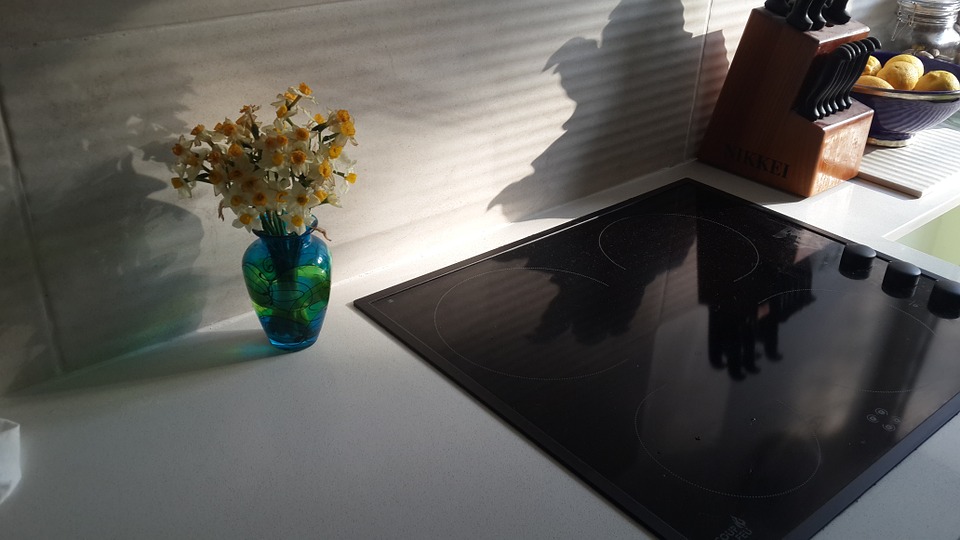Cooker Ignition Not Working – Troubleshooting Guide
 If you take good care of your appliances, checking for problems regularly and cleaning them properly, chances are that they will last longer and save you money in the long-run. To take proper care of your cooker (and other appliances) it’s a good idea to learn a little bit about the workings and possible problems that can crop up. This means you can carry out some quick DIY if the problem is a simple one and you’ll save money by not having to call out the technician something annoying goes wrong. After all, good maintenance is always preferable over costly repairs.
If you take good care of your appliances, checking for problems regularly and cleaning them properly, chances are that they will last longer and save you money in the long-run. To take proper care of your cooker (and other appliances) it’s a good idea to learn a little bit about the workings and possible problems that can crop up. This means you can carry out some quick DIY if the problem is a simple one and you’ll save money by not having to call out the technician something annoying goes wrong. After all, good maintenance is always preferable over costly repairs.
Some of the most common problems cookers relate to ignition issues, simply because igniters are used so frequently.
Generally, gas ranges these days have one of 3 basic ignition systems:
- Pilot ignition: It’s a mechanical system that needs to be lit manually.
- Hot surface ignition: It’s an electronic system with a glow bar or glow coil – aka an ignitor.
- Spark ignition: It’s an electronic system and often cookers with this type of ignition have different systems on the oven and the range.
There is an older style (early to mid-1970s) electronic ignition system that can also still be found in some cookers: The ‘constant’ pilot electronic system. However, chances are that your cooker has a much more modern ignition system, unless you’re cooking with a family heirloom.
Obviously, the exact problems differ from cooker to cooker, but there are some commonalities that apply to malfunctioning ignitions.
Remember: If you have to call a technician, ensure they’re Gas-Safe registered.
If you want to try a DIY solution – only if you are confident in your abilities, because if you tinker and make things worse it could affect the validity of your claim – then you can try some of the following trouble-shooting tips.
Check the burners
Turn off all the burner dials and switch off the main gas supply. Lift the hinged top of the and check to see whether there are bits of food clogged around the ignition. If you see a build-up of grime and food, clean the burners by wiping them down gently with a soft damp cloth. Use a magnifying glass and needle to clear as much of the muck between the igniter and gas supply as possible.
Is the burner clogged up with grime from the metallic tubes? Clean tubes, holes and valves carefully with a damp cloth rinsed in vinegar. Turn on the gas supply and test again.
These are both delicate jobs, so if you aren’t comfortable, call in a Gas-Safe technician.
Note: If you have problems with one burner, another might be about to give notice. It’s a good idea to check them all just to be sure.
Gas supply
If this doesn’t do the trick, try checking your gas supply line and check the oven’s system. If your stove-top ignition system is working, but there’s a problem with the oven’s system then you don’t have a gas supply line issue but a problem with the oven’s system. Take a look at your gas levels in the gas tank to make sure the tank isn’t empty. Double check the valves by turning to them on, if there’s no gas they won’t light.
Electronic ignition system
If you still have no luck in getting your cooker to work, try testing the electronic ignition system. If there’s no spark when you switch on the burner, there might be a problem with the electric circuitry. Check that all the plugs are plugged in and the electricity is on. If it trips there’s a problem in the circuit breaker. Switch off the current and check for loose wires between the igniter and the burner assembly. If there’s still a problem with the ignition system, it could be the igniter switch, in which case it’s time to call the Gas-Safe Technician.
Problems with the igniter
Check the igniter for sparks. Turn the gas off and try the ignition button on your stove. You should hear the ‘clicking’ sound, check whether there are sparks, if not then it’s time for a new igniter. The igniter could also be clogged with dirt. Clean the igniter with a toothbrush to remove dirt and debris. Gently scrub the surface of the igniter with the toothbrush and softly blow on it when you’re done cleaning. The igniter is located in different places in different cookers, but generally you can find it near the burners for the oven. You may need to remove the bottom oven cover to expose the igniter.
Calling a technician
When you do call in a Gas-safe registered technician, explain the steps you’ve been through. The technician might repeat them to double check the problem, but at least they will know that what’s been tried and where the potential problem could be.
Please remember:
Appliances should be serviced regularly according to the manufacturer’s instructions, which are in the product manual. If you have a problem with an appliance, call in a NICEIC or Gas-Safe registered appliance engineer to repair your appliance. Don’t forget that if your appliance is not working optimally, you should also have it serviced to prevent further damage.
